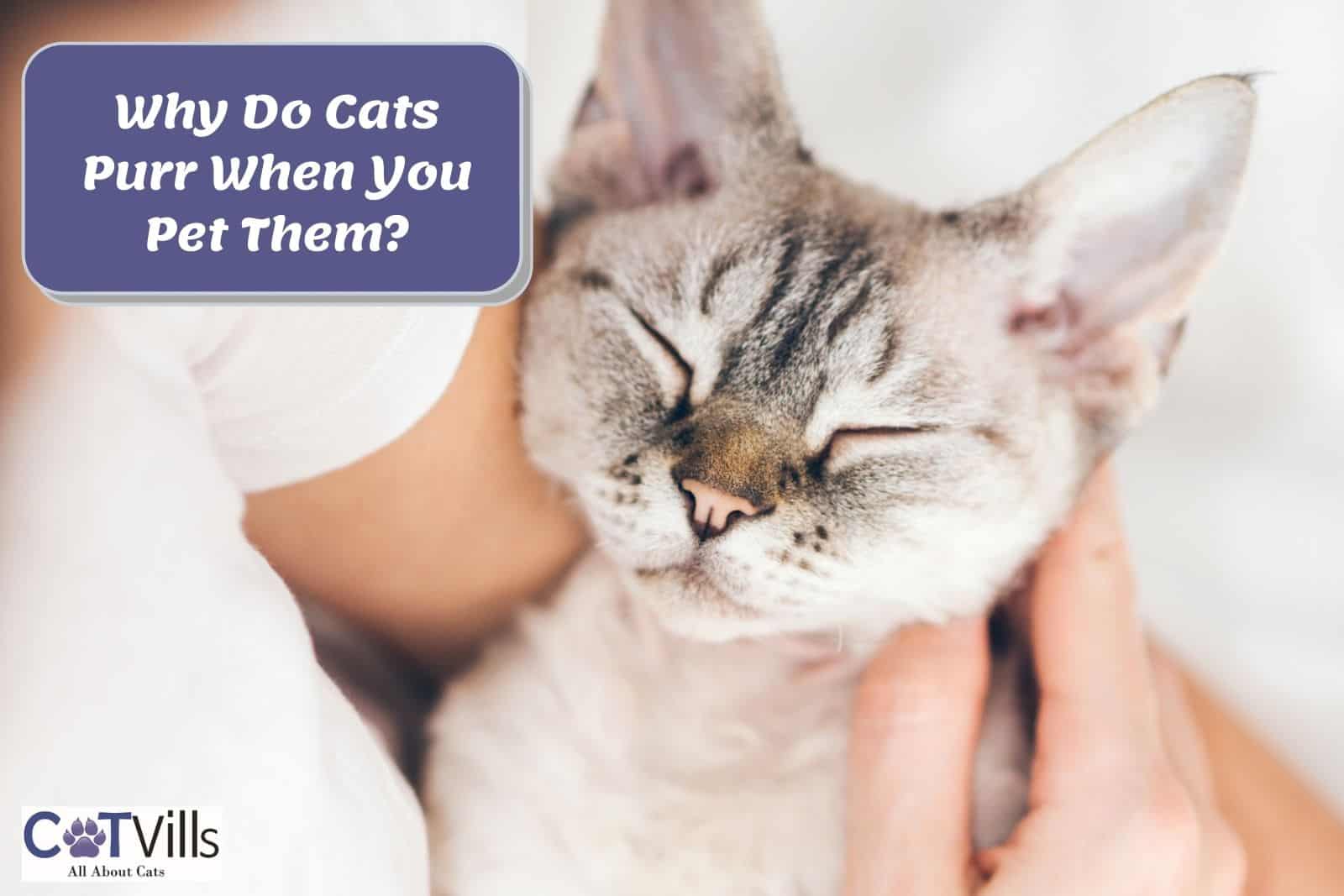In this article, you will learn all about the purring behavior of Persian cats. Have you ever wondered why these fluffy felines purr? Well, I’m here to explain it to you. Persian cats are known for their gentle and calm nature, and their purring is a way for them to communicate and express their contentment. In the first paragraph, you can briefly discuss the purpose of the article and introduce the topic of Persian cats and their purring behavior.
Now, let’s delve into the reasons behind why Persian cats purr. One main reason is that purring is a form of self-soothing for these cats. It releases endorphins, providing them with comfort and relaxation. Another reason is that purring is also used as a means of communication. Persian cats may purr to express happiness, contentment, or even as a way to seek attention from their owners. So, the next time you hear your Persian cat purring, you’ll understand that it’s not just a cute sound, but a way for them to convey their emotions and needs.
Persian Cat Purr-fectly Explained: Why Do They Purr?
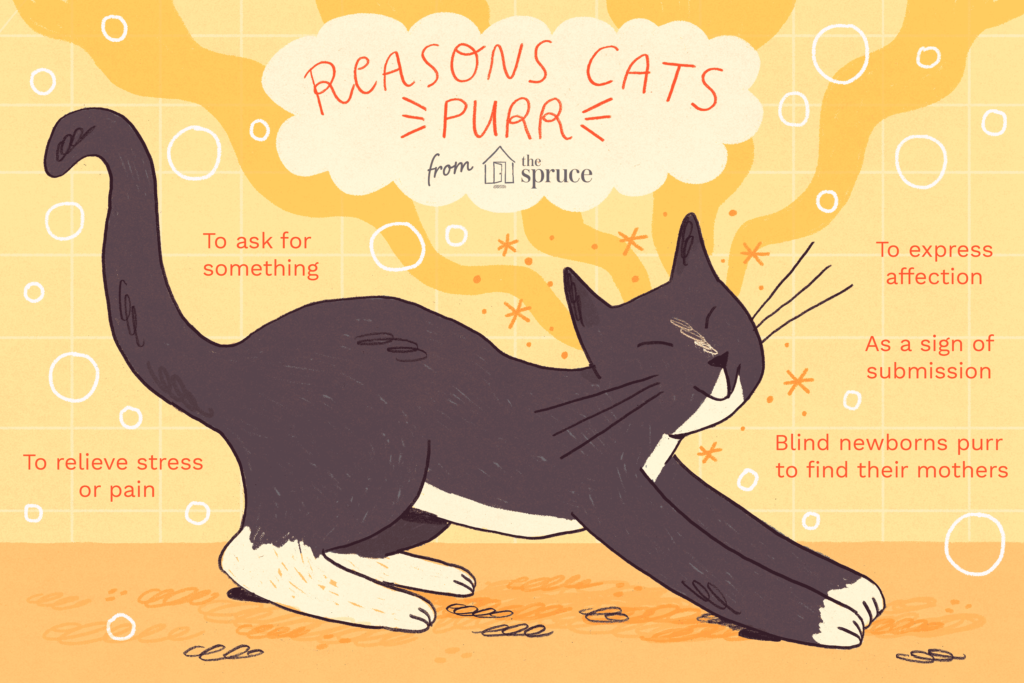
Introduction to Persian Cats
Persian cats are one of the most popular and sought-after cat breeds in the world. Known for their luxurious coats and sweet expressions, these feline companions have captured the hearts of cat lovers everywhere. In this comprehensive guide, we will delve into the history, characteristics, and care of Persian cats, and most importantly, unravel the mystery behind their captivating purring.
Origins of Persian Cats
The origins of Persian cats can be traced back to ancient Persia, modern-day Iran, where they were revered as royal pets. These regal felines were once exclusive to the Persian nobility, known for their stunning appearance and gentle nature. They eventually found their way to Europe in the 17th century, capturing the attention of cat enthusiasts who were enchanted by their beauty.
Appearance and Characteristics
Persian cats are renowned for their distinct appearance and unique characteristics. With their strikingly round faces, short noses, and expressive eyes, they possess an undeniable charm. Their long and flowing coats, which come in a variety of colors and patterns, require regular grooming to maintain their pristine condition. These cats have a sturdy build, often displaying a grace and elegance in their movements.
Understanding the Persian Cat’s Personality
Temperament of Persian Cats
Persian cats have a reputation for being gentle and sweet-natured. They are known for their calm and laid-back temperament, making them excellent companions for those seeking a relaxed and peaceful environment. These cats thrive in quiet and serene settings and prefer a predictable routine. They enjoy lounging and observing their surroundings, rather than engaging in high-energy activities.
Interaction and Socialization
While Persian cats may be reserved and prefer solitude at times, they still crave human interaction and companionship. It is important to provide them with ample love, attention, and affection to ensure their emotional well-being. Regular playtime and gentle cuddling sessions can deepen the bond between you and your Persian cat, creating a strong and lasting connection.
Behavioral Traits
Persian cats have several behavioral traits that are unique to their breed. They are known for their love of comfort, often seeking out soft surfaces and cozy nooks to rest and relax. Their gentle and non-confrontational nature makes them less likely to engage in aggressive behavior, making them an ideal choice for families with children or other pets. However, they can be a bit sensitive to loud noises or sudden movements, so a calm and peaceful environment is beneficial for their overall happiness.
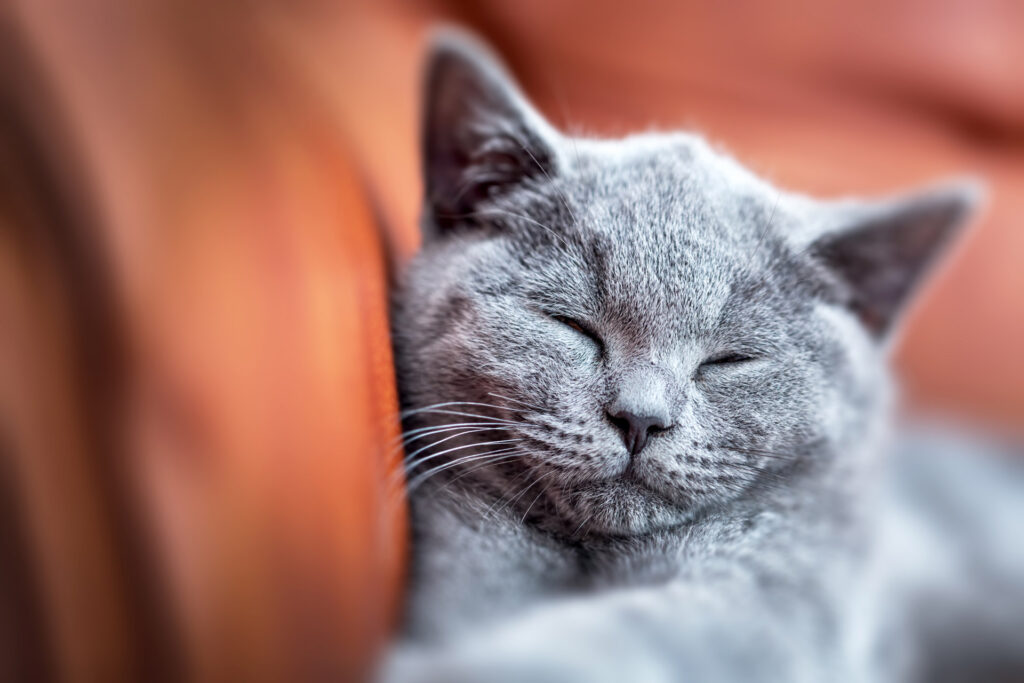
Grooming and Care for Persian Cats
Importance of Grooming
One of the defining features of Persian cats is their long and luxurious coat, which requires regular grooming to keep it looking its best. The thick fur is prone to matting and tangling, so daily brushing is essential to prevent discomfort and maintain the coat’s health. Regular grooming sessions also allow you to monitor your cat’s overall well-being and check for any signs of skin conditions or parasites.
Daily Care Routine
In addition to grooming, Persian cats have specific care needs that should be incorporated into their daily routine. Their eyes are prone to tear staining, so gently wiping the area with a warm cloth can help keep the fur clean and prevent irritation. Regular dental care is also important, as these cats are predisposed to dental issues. Brushing their teeth regularly and providing appropriate dental treats can help maintain their oral health.
Dealing with Common Health Issues
Persian cats are prone to certain health issues that are unique to their breed. Conditions such as polycystic kidney disease, hypertrophic cardiomyopathy, and brachycephalic airway syndrome are more prevalent in Persian cats. It is essential to be aware of these potential health risks and schedule regular veterinary check-ups to catch any problems early on. Maintaining a healthy diet and providing a low-stress environment can also contribute to their overall well-being.
Nutrition and Diet for Persian Cats
Proper Diet and Nutrition
Feeding your Persian cat a balanced and nutritious diet is essential for their overall health and well-being. A high-quality cat food specifically formulated for Persian cats can provide the necessary nutrients to support their unique needs. It is important to follow the recommended feeding guidelines and monitor their weight to prevent obesity, as Persian cats are prone to weight gain.
Recommended Food Types
When choosing cat food for your Persian companion, it is important to focus on high-quality, protein-rich options. Look for brands that contain real meat as the main ingredient and avoid fillers or artificial additives. Wet food can be beneficial for Persian cats, as it helps to maintain their hydration levels and supports urinary tract health.
Special Considerations for Persian Cats
Persian cats have a unique facial structure, with a shorter nose and flatter face. This can sometimes lead to difficulties in eating, as their flat face can make it challenging to pick up kibble. Providing them with specially designed feeding bowls or opting for wet food can assist in overcoming this issue. Additionally, ensuring a calm and stress-free eating environment can aid in their digestion and prevent gastrointestinal issues.
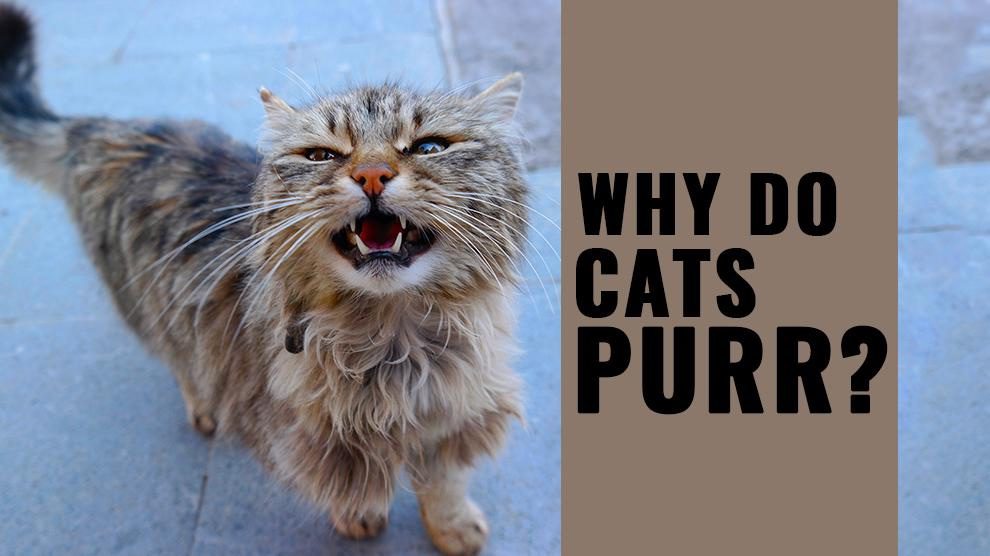
Training and Exercise for Persian Cats
Basic Training Tips
While Persian cats may not be as eager to learn tricks or commands as some other breeds, they can still benefit from basic training. Teaching them to use a scratching post or litter box, as well as providing them with appropriate places to sleep and play, can help establish routines and boundaries. Positive reinforcement techniques, such as treats and praise, can be effective in encouraging desired behaviors.
Indoor Exercise Ideas
Persian cats are generally content to lounge indoors, but they still require regular exercise to maintain a healthy weight and prevent boredom. Interactive toys, such as puzzle feeders or feather wands, can provide mental stimulation and encourage physical activity. Creating vertical spaces, such as cat trees or shelves, can also enhance their environmental enrichment and provide opportunities for play and exploration.
Toys and Enrichment for Persian Cats
When selecting toys for your Persian cat, consider their unique characteristics and preferences. Soft toys that they can cuddle or nap with, as well as interactive toys that engage their hunting instincts, can be particularly appealing. Experimenting with different textures and sounds can help keep them entertained and prevent boredom.
Persian Cat Breeding and Kittens
Breeding Process and Considerations
Breeding Persian cats requires careful planning and consideration to ensure the health and well-being of both the parents and the kittens. It is crucial to choose reputable breeders who prioritize the welfare of their cats and follow ethical breeding practices. Responsible breeders will conduct thorough health screenings and genetic testing to minimize the risk of passing on inherited conditions to future generations.
Pregnancy and Birth
The gestation period for Persian cats is typically around 63-65 days. During this time, the mother should be provided with a comfortable and quiet space to rest and prepare for the arrival of her kittens. Observing her closely for any signs of distress or complications and providing veterinary supervision is crucial. Once the kittens are born, they should be monitored regularly and receive the necessary vaccinations and veterinary care.
Caring for Persian Kittens
Persian kittens require extra care and attention during their early stages of life. They are more vulnerable to infections and need a warm and safe environment to thrive. Ensuring they receive a proper diet, regular veterinary check-ups, and lots of love and socialization are essential for their healthy development. Gradually introducing them to different experiences and handling can help them grow into confident and well-adjusted cats.
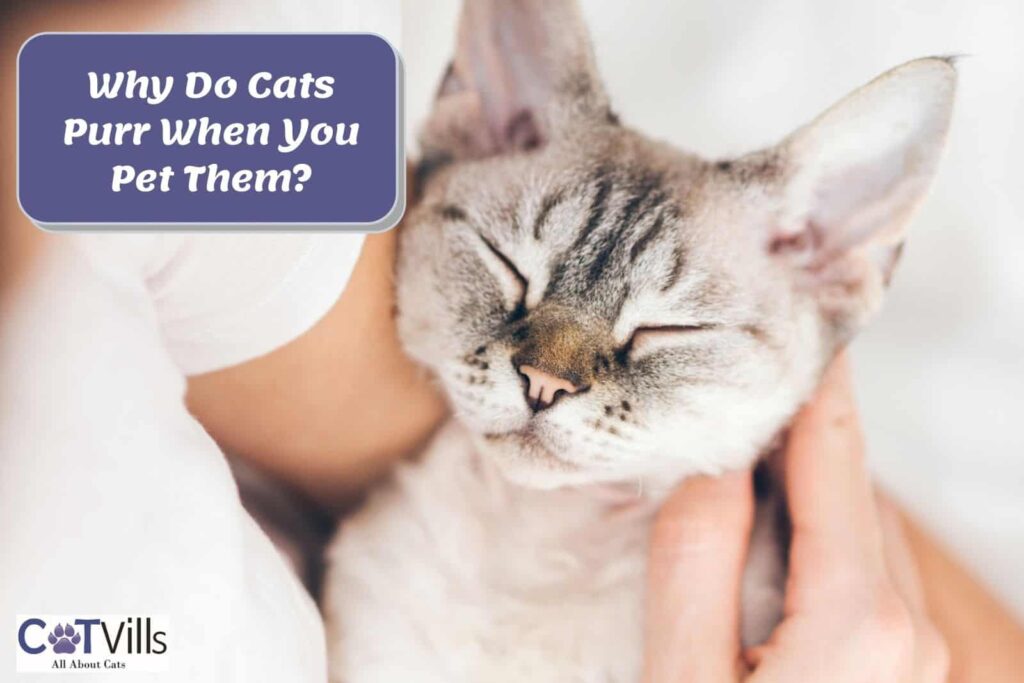
Persian Cat Health and Common Issues
Common Health Problems
While Persian cats are generally healthy, they are predisposed to certain health issues. Breathing difficulties, due to their flat faces and narrowed nostrils, can cause snoring or noisy breathing. Eye problems, such as excessive tearing or entropion, which is the inward rolling of the eyelid, are also common. Regular check-ups with a veterinarian can help identify and address these issues promptly.
Preventive Measures
Preventive measures are key in maintaining the health of Persian cats. Good oral hygiene, regular grooming, and providing a stress-free environment can help prevent many common health problems. It is important to address any potential breeding-related issues and opt for responsible breeding practices to minimize the risk of passing on genetic conditions.
Regular Veterinary Check-ups
Regular veterinary check-ups are essential for the overall well-being and longevity of Persian cats. These check-ups allow for early detection of any health concerns and provide an opportunity to discuss preventive care and vaccination schedules. A veterinarian can also offer guidance on specific dietary needs, grooming techniques, and any breed-specific health concerns.
Allergies and Hypoallergenic Traits
Understanding Allergies to Persian Cats
Contrary to popular belief, there is no such thing as a completely hypoallergenic cat. While some individuals may be less reactive to certain cat breeds, including Persians, due to their lower production of the allergenic protein Fel d 1, it is important to note that allergic reactions can still occur. It is recommended that individuals with allergies spend time with a Persian cat before bringing one into their home to assess their sensitivity.
Hypoallergenic Breeds
For individuals with allergies who still wish to have a feline companion, there are several hypoallergenic cat breeds to consider. Breeds such as the Siberian, Balinese, and Devon Rex are known for producing fewer allergens and may be more suitable for individuals with allergies. However, it is crucial to consult with an allergist or immunologist before making a decision.
Managing Allergies for Cat Owners
If you are a Persian cat owner with allergies, there are steps you can take to minimize the impact. Regular grooming and bathing of your cat, as well as keeping your home clean and free from allergens, can help reduce symptoms. Utilizing air purifiers and keeping your cat out of your bedroom can also provide relief. Additionally, allergy medications or immunotherapy treatments may assist in managing the allergic reactions.
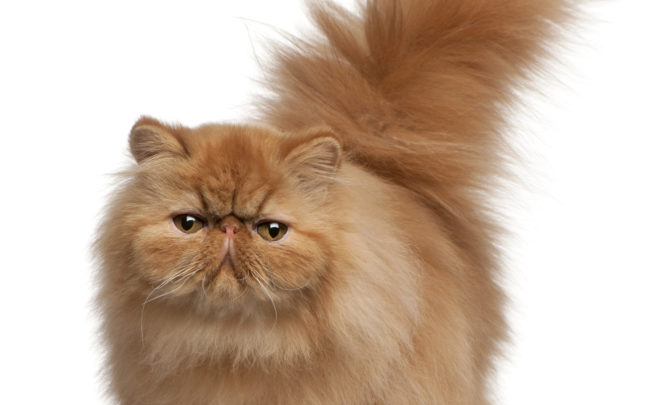
Indoor vs. Outdoor Living for Persian Cats
Pros and Cons of Indoor Living
Persian cats are best suited for indoor living, as they are less inclined to roam or venture outside. While outdoor exposure can provide stimulation and enrichment, it also poses risks such as exposure to diseases, encounters with dangerous animals, or accidents. Keeping your Persian cat indoors can offer a safer environment, protected from potential harm or hazards.
Outdoor Exposure and Safety Precautions
If you do choose to allow your Persian cat outdoor access, it is important to take necessary precautions to ensure their safety. Providing a secure and enclosed outdoor space, such as a catio or supervised play area, can allow them to experience the outdoors while minimizing the risks. Regular veterinary check-ups and vaccinations are essential for their protection against infectious diseases.
Creating an Enriched Indoor Environment
Indoor Persian cats thrive in an enriching and stimulating environment. Creating vertical spaces, such as cat trees or shelves, allows them to climb and observe their surroundings. Providing interactive toys, scratching posts, and hiding spots can prevent boredom and engage their natural instincts. Regular playtime and interaction with their human companions also contribute to their overall happiness and well-being.
Introducing a Persian Cat to Your Household
Preparing Your Home for a Persian Cat
Before bringing a Persian cat into your home, it is important to make the necessary preparations to ensure their comfort and safety. Creating a designated space with a litter box, food and water bowls, and a cozy bed will help them feel secure. Removing any potential hazards or toxic plants from your living space is crucial to prevent accidents or ingestion of harmful substances.
Integration with Other Pets
Introducing a Persian cat to a household with existing pets requires careful planning and patience. Gradual introductions, utilizing scent swapping and controlled interactions, can help minimize stress and establish positive relationships. Supervised interactions and providing each pet with their own space and resources can ensure harmony within the household.
Adjustment Period
It is normal for Persian cats to require an adjustment period when transitioning to a new home. They may initially be cautious or shy, particularly in unfamiliar surroundings. Providing a calm and consistent routine, along with plenty of love and reassurance, will help them settle in and feel safe. It is important to allow them the time and space they need to adapt to their new environment.
Traveling with a Persian Cat
Preparing for Travel
Traveling with a Persian cat requires careful planning and preparation to ensure their safety and comfort. It is essential to invest in a secure and well-ventilated carrier that provides enough space for them to move comfortably. Familiarizing your cat with the carrier before the trip, along with regular short practice drives, can help reduce stress and anxiety associated with travel.
Transportation Options
When traveling with a Persian cat, it is important to consider the most suitable mode of transportation. In most cases, traveling by car is the preferred option, as it allows for more control and flexibility. If air travel is necessary, it is crucial to research airline policies and regulations regarding pet travel and ensure compliance with all requirements.
Travel Tips and Safety Measures
During travel, it is important to prioritize your Persian cat’s safety and well-being. Keeping them in a secure carrier and providing access to food, water, and a comfortable bedding can help minimize stress. Planning for regular rest stops and ensuring appropriate ventilation and temperature control are essential. Consult with your veterinarian for any specific travel tips or recommendations based on your cat’s health and needs.
Showing and Competing with Persian Cats
Entering Cat Shows
For those interested in showcasing the beauty and elegance of their Persian cats, cat shows offer an opportunity to do so. Cat shows are events where pedigreed cats are judged based on specific breed standards. Participating in cat shows allows owners to meet fellow cat enthusiasts, gain valuable feedback on their cat’s conformation, and potentially earn titles and recognition.
Grooming and Presentation
Preparing your Persian cat for a cat show requires meticulous grooming and presentation. Regular bathing, brushing, and trimming of the coat are necessary to showcase its full potential. Paying attention to details such as clean ears, clipped nails, and well-maintained facial features will enhance your cat’s overall appearance.
Judging and Score System
Cat show judges evaluate Persian cats based on specific breed standards, which include factors such as the shape of the head, body structure, coat color, and texture. Each cat is awarded points based on how closely they align with the ideal breed standard. The cat with the highest number of points in their respective class is awarded the title and recognition.
Persian Cat Myths and Misconceptions
Common Misconceptions about Persian Cats
Persian cats, like any other breed, have their fair share of myths and misconceptions. One common misconception is that they are high-maintenance and require excessive grooming. While regular grooming is important, it can be managed with a consistent routine. Other misconceptions include their perceived aloofness or lack of intelligence, both of which are easily debunked by spending time with these affectionate and intelligent cats.
Separating Fact from Fiction
It is crucial to separate fact from fiction when it comes to understanding Persian cats. They are not inherently more aloof than other breeds; rather, their reserved nature should be celebrated as part of their unique charm. Similarly, they are not less intelligent than other cats but may have different learning styles or preferences. Each cat’s personality is unique, and generalizations should be avoided.
Dispelling Stereotypes
Dispelling stereotypes is essential in promoting a deeper understanding and appreciation for Persian cats. Acknowledging their individuality and respecting their needs and preferences helps foster a strong and meaningful human-cat bond. By challenging stereotypes and preconceived notions, we can truly appreciate the purr-fect qualities that Persian cats have to offer.
Conclusion
In conclusion, Persian cats have captivated the hearts of cat lovers worldwide with their regal appearance, gentle nature, and enchanting purring. Their rich history, unique characteristics, and specific care requirements make them a remarkable breed to own and cherish. By understanding their origins, personality traits, grooming needs, and health considerations, we can provide the purr-fect environment for these magnificent feline companions. Whether you choose to share your life with a Persian cat or simply admire them from afar, their beauty and grace are truly irresistible.
